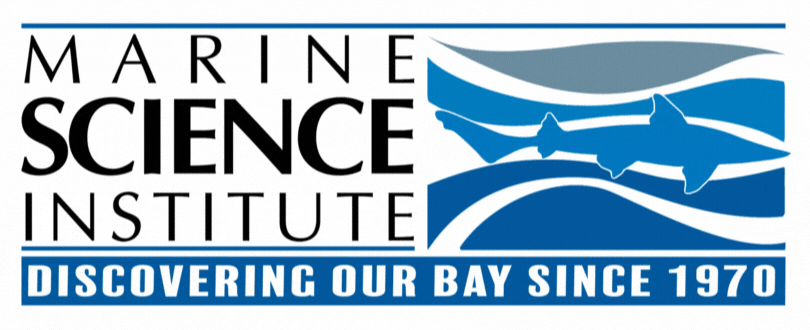
Plankton can easily be one of the smallest living organisms on earth (they can also be 120 feet long). Often overlooked, they play a major role at the bottom of the food chain. Plankton are plant-like or animal drifters that are only found in natural bodies of water, such as the ocean and our San Francisco Bay. They are a pivotal part of the ecology of the bay and add to the health of the habitats surrounding it. This week we had the first day of Afternoon Ecology at the Marine Science Institute where children, ages 7-11, learned first hand about these tiny creatures and their contribution to the ecosystem.
We started the day by playing some interactive “name games” to introduce ourselves and get to know each other. Stating our favorite marine animal quickly became a popular subject around the circle. A team name was chosen, after many favorited suggestions, and we are now and forever known as the Sea Otters!
For the duration of the program, the kids will keep a nature journal to document each week’s topic and activities. This will allow them to get creative while also following the scientific technique of recording information. Many scientific tools will also be used for activities to give them the real-life experience of being a scientist! Today’s activities included collecting and observing plankton. Children used collection nets to skim the surface of the bay water and then took their findings back to the lab to observe under microscopes. In the lab they were able to locate plankton on a slide and identify the species based on their anatomical characteristics.
Children that participate in the Afternoon Ecology program are not only traditional students, but homeschooled students as well. After school programs play an important role in a child’s learning experience. They provide a fun and hands-on approach, give the children a chance to learn and explore outside of their regular classroom setting and meet new friends in the process. For traditional students, they provide smaller class sizes and more personalized attention. For homeschool students, they provide more external interaction and enrichment.
Follow along with us each week as we dive into the wonders that are bay vs. ocean! Next week we will be exploring the geology that influences the ocean and formed the bay.






